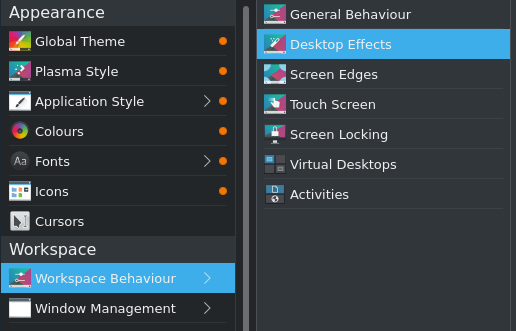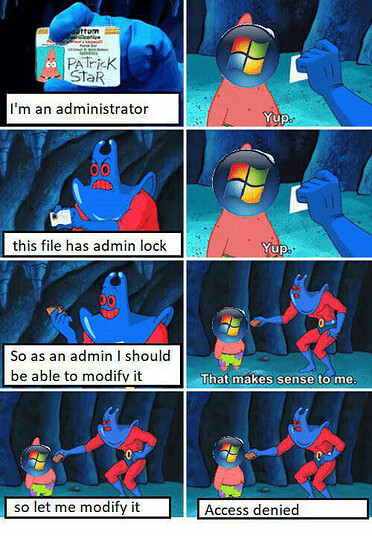Hello, World! – last updated 6/7/2020
5/19/2020, my M.2 SSD with Win10 on it died. Other than my phone, most of my lifestyle died with it, as I am a homebody who spends every waking minute with music or educational materials… or less productive things like games/anime. But you get the idea. I work for myself these days, so that night I ordered a replacement drive (and a new HDD and 2 more sticks RAM while I was at it… because why not) and planned to spend the next 7 or so days working while I waited on shipping.
I figured that, since I didn’t want to get another legal copy of Win10 right now, this was fate telling me to make an actually serious attempt at going Linux full time. This is not my first Linux plunge. But I have never made it all that far in learning or sticking with the OS. Now, I plan on using it full time. Here is the story for anyone interested in following or giving help, suggestions on what to do next, etc. I will not be posting updates via new posts on the thread, but all via edits, so keep that in mind if you choose to follow.
HARDWARE SETUP:
Summary
Case: In Win GRone
Mobo: Rog Strix… X370-F (I think)
CPU: Ryzen 2700X
RAM: T-Force Nighthawk 4x8GB 3,200 (set to 3,000 for stability issues)
GPU: RX 480 (might be an X model, don’t remember)
PSU: Some 850W fully mod gold cert box
Linux Kubuntu on a 500GB NvME M.2 SSD
Currently 3 HDDs for content with 2 larger HDDs serving as backups
2 regular monitors, 1 touchpen monitor
TO DO LIST:
Summary
-
Get more familiar with the console and learn how to solve problems with it
-
Finish customizing the desktop environment and set up desktop function hotkeys; find better system monitor software or learn to make a script to modify panel functions
-
Set up my touchpen monitor and find a working Linux driver for it.
-
Find and set up a program or script that functions in the same way that a function of Win program SyncbackFree works (direct, uncompressed, unchanged mirroring of one drive onto another)
-
Install and test more games
ISSUES TO BE RESOLVED AT THIS TIME:
Summary
- Figure out why MakeMKV can’t access and write to my now-fixed storage drives.
TIMELINE:
Summary
May 19th: M.2 commits self-die. Not even detected by the BIOS anymore. Order replacements and upgrades.
May 21st: Got an email while working that my “7 days expected shipping” just arrived, ruining my plans to be uninterrupted working for a week straight. Serious first world problem complaining ensued. Installed Kubuntu and use the package manager to install a handful of utilities. Set up a number of desktop environment functions, such as customized panels, system monitor widgets, changing wallpapers for each screen, etc. Installed Lutris and set up the new 2TB HDD as my new drive for games that are working on Linux. Later on, I will get a new 1TB HDD for games that are too difficult to even attempt to use outside of Windows (such as Skyrim with 200 mods). Went straight for World of Warcraft Classic to see if I can get it to work. Successfully logged in as my priest, jumped around, checked mail, logged out, went to bed.
May 22nd: Spent half the day playing WoW without a single problem (other than a widget glitch freezing the panels). Set up home folder systems across their appropriate drives (music, downloads, documents, etc). Learned (mostly) how to use the console to fix ownership and permission issues. Installed Steam, successfully setting up directories on the gaming HDD. Installed Icey and The Sun and Moon indie Steam games (not Linux native). Tested both; both function as if on Windows. Reformatted one of the 2 mirrored movie/video drives, as it just REFUSED to change ownership/permissions like the other drives had. After formatting, copied over the data from first drive in case anything went wrong. 6 hour estimated transfer time. Turned off monitors, went to bed.
May 23rd: Made this post.
May 26-28th: installed Unigine benchmarks and successfully ran tests. Installed The Turing Test via Proton Steam and played through it without issues. Installed Path of Exile via Steam Proton. Game works! There are framerate and other lag issues, but the game is playable at this state.
May 26th-June 6th: Busy, didn’t do a lot other than World of Warcraft on my spare time. Had to go out of state on an emergency trip. Got Clementine and other daily-use programs up and running.
June 7th: Installed and attempted use of MakeMKV/Handbreak for a blueray. Caught up on these forums.



